Running is a great way to get in shape, lose weight and reduce stress. In 8 Best running tips for beginners, you will see It is both a cheap and relatively easy way to train. Running can significantly improve physical and mental health. As a form of aerobic exercise, running can improve heart health, and even help alleviate symptoms of depression.
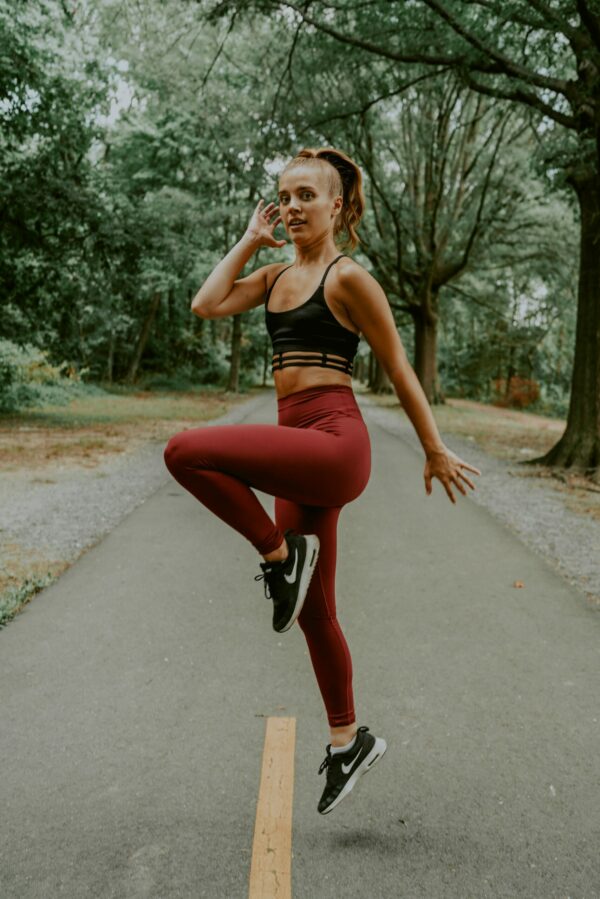
All you need to start the run is a pair of good running shoes and then take it from there as you will see.
Running Motivation is essential
Running is the simplest form of exercise you can start doing when you want to get in shape and become a new version of yourself over a relatively short period. It makes you healthier, more relaxed and gives you more confidence.
You can do it alone and anywhere – in the forest in cities etc. there are no rules. You are not dependent on opening hours and it does not require great technical skills or a lot of equipment. You just have to get started.
And yet not quite. Because even though everyone can actually run, some end up parking the running shoes again after a few weeks – most of the time because the motivation decrease. We can say that motivation is a process where you can create and maintain a targeted behavior, so you can perform something specific – like starting and maintain a running project.
So, it is important to plan your training at the time of the day when you know your motivation is best. If your motivation is best in the morning, then you should run in the morning. If you have the best motivation to run in the evening, then plan your training there.
So, one of the hardest things about running is keeping the training going. If you can create a good habit and make training a regular part of everyday life, it will be much easier and less complicated to train.
One way to increase motivation is to find a training partner. Fixed appointments with another person keep you stuck in your runs, and it motivates you to meet a friend instead of having to run alone.
If you need to train alone from time to time, it can be a good idea to vary the training so that you do not always run the same route. You can have some more routes to choose from. Explore the villa roads in your neighborhood or forest trails that you do not usually run.
Set Realistic Running Goals
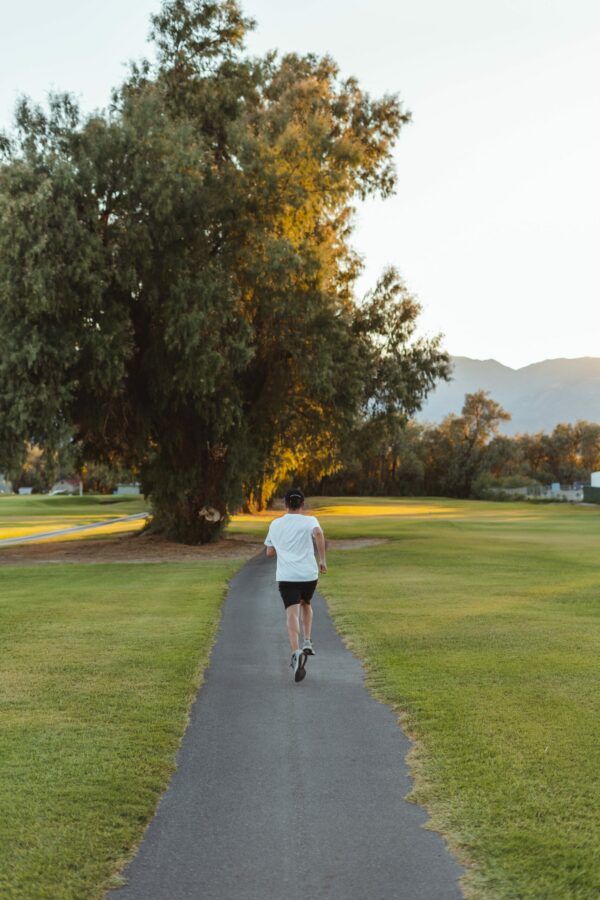
Regardless of the level of ambition, we all have a purpose to run. The purposes can be very different but are all just as good no matter what character they have. If we want to stick to running, we must find out what it is that is the cornerstone of our desire to run.
Once we have made ourselves conscious, it is easier to run. It will always take some time before new habits are incorporated and the old ones are abandoned. However, once running has become a natural part of our daily lives, it will follow us as a ‘good friend’ for the rest of our lives and be experienced as a deprivation if one day we stop doing it.
It will therefore be a good investment to search into yourself and find out what is the cornerstone of your desire to run. One way to stay motivated is to set personal running goals. It can e.g., be to lose a certain number of kilos, to be able to complete a certain exercise run or just to get out to run 2-3 times a week.
It helps with the motivation to run, even if the weather and our mood are not quite on top. The good mood usually returns after 5 -6 minutes of running, once the body first has started up and is warm. Then the rain is suddenly not a problem anymore and the worries of everyday life are no longer quite so heavy.
Previous Training Experience

The first runs are very crucial for whether you wish to continue. To get some good experiences in the beginning, the training must feel easy and comfortable. You must be able to complete the planned running route and still feel that you have strength and surplus left – it makes you want to run again.
If you set too high demands on your own abilities, in the beginning, you can easily get the feeling that it is too hard to run. Therefore, rather set the ambitions with the running training a little too low in the beginning.
A good piece of advice is to take your current basic shape as a starting point. If you play tennis or football a few times a week and cycle to- and from work daily, the starting point is of course better than if your daily life has no element of physical activity.
But it does not really matter what kind of exercise you are used to. If running has been an essential part of the training you have practiced before you start as a runner, the relevant muscles and tendon tissue have already achieved certain habituation and strength.
You can thus start the running training at a higher level than if you e.g., have only cycled and swim. The crucial factor is whether the legs are geared to the shock load during running.
If running is an unfamiliar strain on joints and tendons, it is good to start the first weeks more modestly than you immediately think is necessary. After a few weeks, you have a clearer picture of your own ability and can better adapt the training load to your own basic shape.
If you work out too hard with the running training, you will most likely become sore all over your body several days after the first running and you can easily get the feeling that your body is simply not created for running training.
But it is! Soreness after exercise is not dangerous, but just a sign that the body has been touched, and at the same time a signal that it has to build itself stronger.
In the beginning, training soreness is almost inevitable, but it only lasts a few days and if you start carefully, the soreness can be limited a lot.
Follow a Beginners Running Program
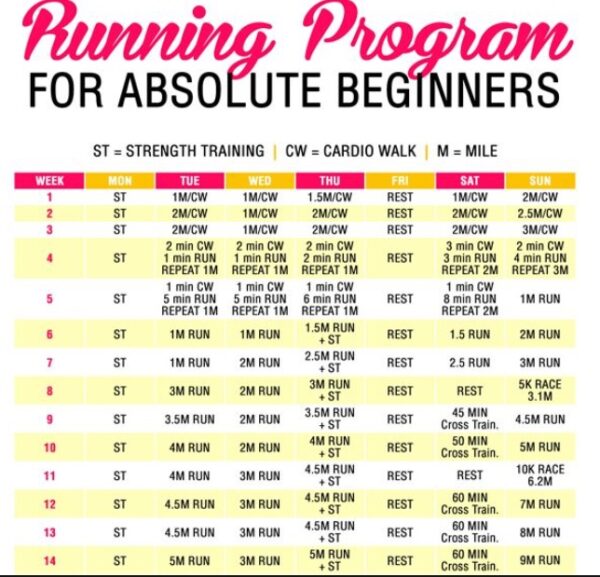
When you start training according to a structured training program, the individual and unstructured factors disappear. On the other hand, a training program will precisely – because of the structure help to ensure progression. Besides, a training program can create an overview of the training, prevent overload injuries or help to reveal whether the training is too hard or perhaps too light.
A training program should be built up of two or more framework plans depending on how many form peaks you want to achieve during a season.
The first framework plan contains the basic training, where a training amount is gradually built up so that the basic form is sufficiently good in relation to the objective. The next framework plan aims to create a form peak that must occur when the desired race has to be conducted.
Thus, a framework plan is not the training program itself. It simply describes the upcoming training course and contains information about key concepts in the training, such as the number of weeks leading up to the competition, expected mileage per. Week as well as expected training efforts.
Running Training Program
The training program itself is more detailed than the framework plan. In the training program, it must be specified which days you train what. For example, when to run long distances and when to train speed/intervals.
This builds a program that describes the week’s training days in a very structured way. In the structured set-up, make sure that the training program will include the following basic elements:
- Variation
- Amount of training
- Quality training
- Rest and recovery runs
Let’s assume that you don’t want a training program. You just want to run per intuition or how you feel on the day. First, you know that there are several training forms in running like:
- Interval training
- Sprint training
- Pace training
- Strength training
- Warm-up
- Recovery training
- Long runs
So here are my questions for you:
- If you do not follow a training program, when do you know if you are getting stronger, better, faster, etc?
- Another important reason is motivation…!
- The third reason is that strength and progress are not linear processes.
- A fourth reason: How can you know where you are going if you do not know where you have been?
- Is it getting better or is something wrong?
As you probably can see it’s better with a training program, so you can measure your progress and improvement in your proactive running training.
Buy a Pair of Great Running Shoes

The shoe should be seen as a tool that, in interaction with the joints, tendons and muscles of your legs, should act as a shock absorber (Cushioning). The shoe must therefore protect the feet from the surface you run on and give the feet optimal conditions to work naturally and without overloads.
To get maximum running pleasure and minimize the risk of injuries, it is therefore extremely important that you run in the right shoes. Which shoes are the right ones can easily seem a bit confusing when you stand down in the running shop and face the huge wall with shoes from floor to ceiling?
However, running shoes can generally be divided into main categories depending on the foot and running style. It can therefore be an advantage to know what foot type and running style you have before you buy running shoes.
Running shoe choice
Dividing running style into categories makes it easy and straightforward to choose running shoes. But the transition between one and the other type of running style will always be “fluid” and the choice of shoe type based on foot type, running style and physique, will therefore always be based on a subjective assessment.
Professionals, as well as non-professionals, may therefore occasionally have different assessments of the factors that determine which type of running shoe will be the ideal one for you. Therefore, use assessments from professionals as part of your own overall assessment. Also, use this article for this purpose.
Remember this too: A cheap running shoe consists of fewer components and fewer technical materials than a more expensive one. It usually lasts shorter. The shoe manufacturers of the more expensive shoes spend time in laboratories and on test tracks to improve the materials.
Much has been made of the comfort inside expensive shoes. Instead of buying a cheap shoe, it will be an advantage to buy a quality shoe. It pays to buy two pairs now that you are running, a pair of lightweight shoes for competition and a pair of training shoes that complement each other and reduce the load.
Best Sports Watch – Your Digital Running Partner
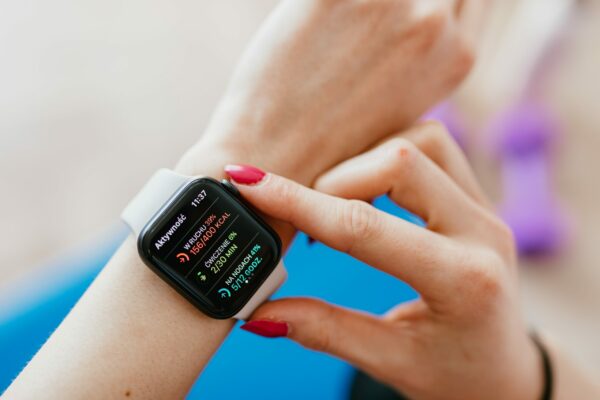
In the last 10-15 years, there has been a huge development in the technological development within being able to track your training. Today, all runners from a regular wrist heart rate monitor can calculate their heart rate, how far they have run, how much energy they have burned and when they have recovered and are ready to run again and much more.
Best gps watch – upload data to online apps
There is basically GPS in newer watches (sport swatches, smart watches, etc.) and you can upload large amounts of data to e.g., Strava, and Garmin connect. There are also pretty advanced heart rate calculators. So, the new technology has turned the running watch into a digital training partner that can guide you in shape – AND you can make a very comprehensive diary if you want.
Besides, you can compare your own training with others. The continuous measurement and storage of your training is called ‘tracking yourself’ and here the running watch is an ingenious training tool.
If runners get motivated by this new technology and know how to use it, it is a huge step forward that provides more knowledge about how they train, what they train, and how effectively they do it. If you’re one of them, just turn on your sports watch / smartwatch and throw yourself into it.
Diet For Running Training

When we talk about a Good diet for runners, it comes very close to regular healthy food. Eat healthy and varied and make sure you get your nutrition from quality foods and limit your intake of processed foods
Take a light meal before the run
In the last 3 to 4 hours up to the run, you do not need large meals. The body’s glycogen stores are already refueled through the food you have eaten in the days before the run.
You should therefore eat a small meal with relatively easily absorbed carbohydrates. Oatmeal, wholemeal bread or pasta salad with chicken and vegetables are good suggestions for a running meal. If you get hungry just before training, then take a banana or an energy bar
Eat the right carbs
It’s about getting the right kind of carbs at the right time. On days when you are not exercising hard, you should eat complex carbohydrates that are characterized by a low glycemic index. You will typically find them in coarse vegetables such as cabbage and legumes
Boost your recovery after training
After training, the body is particularly effective at absorbing carbohydrates. The phenomenon is known as the ‘open window’ and by utilizing it you can boost your recovery and minimize the risk of illness and injuries. However, the window closes gradually and about 1½ hours after training, the body reabsorbs carbohydrates again at normal speed. So, make sure you get something to eat right after training.
healthy fats in your meals
If you want to boost your health, focus especially on the unsaturated – and polyunsaturated fatty acids that you find in nuts, seeds, oils and fatty fish. Saturated as you find in animal products such as meat and dairy products, on the other hand, should be consumed with moderation.
And you should completely avoid the unhealthy trans fatty acids found in junk foods such as chips and cakes. Up to 30% of our daily energy intake should come from fat, a third of it from saturated fat while the rest should come from unsaturated and polyunsaturated fat
Protein is the building block of the body
You will find both proteins in plants and animal products such as meat, fish and dairy products. Protein plays a small role in the diet before training but after training, when the body needs to rebuild itself, protein plays a significant role.
If you want to make sure you get all the vital amino acids, you need to eat animal products. However, you can easily get all the essential amino acids through a vegetarian diet. But then you just have to put together your food wisely.
Fluid intake
The body consists of more than 50% fluid and water is a prerequisite for our health and performance. Before training, your urine should be clear – a sign that you are hydrated. The best form of fluid before and during exercise is water or a thin energy drink. On training sessions over an hour, you should drink 200 ml of fluid every 20 minutes.
Sugar Boosts your running
The hotter it is, the less sugar there should be in the liquid on your run. Sugar slows down the absorption of water by the body. If you run in temperatures above 20 degrees, you should drink a highly diluted energy drink with 3 -5 percent sugar or completely settle for water and electrolytes.
On cooler days below 10 – 15 degrees, you can have 10% sugar in your fluid if your stomach can handle it. It is a good idea to train your sugar intake before the competition. The more you practice your stomach in absorbing glucose, the less risk there is of side stitches and stomach cramps when you have to run a half-marathon.
Cross Training Workouts
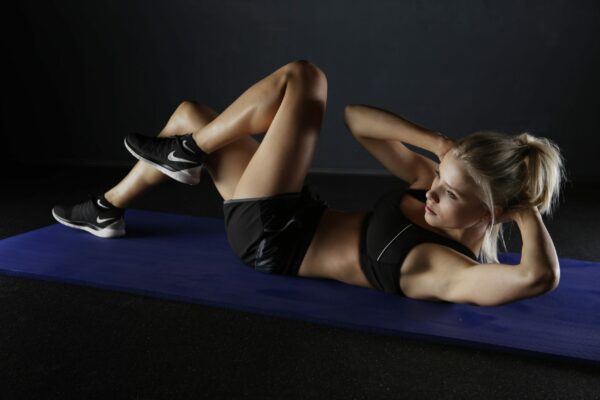
Cross-training covers all forms of training other than running, which aim to improve your endurance, performance or recovery ability such as swimming, cycling, yoga, Pilates, core and strength training. The benefits of cross-training are:
Improves your overall shape and running economy
Maintains your training motivation through a varied program
Reduces weight-bearing and joint strain
Optimizes your recovery after a hard training session or a run
Reduces your risk of injury
Is part of a balanced training that not only improves your ability to run
Increases overall strength and stability
Contributes with low-intensity training
Counteracts congestion
Allows you to be flexible in your training planning
Provides a greater degree of general mobility
Can be included as part of a rehabilitation program
Final Thoughts
As you can see, there are many ways to optimize your running training as a beginner. You just have to start from where you are now.
I hope you like this blog and if you have any questions about the topic or want to leave your own Personal review, please leave a comment below.
[faq-schema id=”3844″]





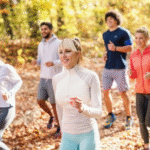



WOW this is the best running tips for beginners I’ve read on the internet, and it helped me to get all the information about how to start running. I’ve been doing some walks everyday since a couple of months and I was looking for some information about how to improve my walks and I was thinking about starting to do some running, after reading your article I got a few notes and I got all the information about how to start running I wanted to find. Thanks so much for sharing accurate information.
Hi Alejandra
Thank you for the good comment. Happy that you find the post useful. If you decide to start running then remember to start from where you are and use some quality shoes. Wish you the best with the project.
Be Well
It helped me a lot to get valuable information. Thanks for sharing.
I had to save this because of the schedule and the tips on what to do after a run. This is great. I’ve needed something more than stay consistent and drink water. I wanted something I could follow, something I could check out and be like this is what I need to do today. thanks for posting great recovery tips as well.
Hi DashDNations
Thank you for the comment. You can find Schedules for running training on the internet. The challenge as I see it is where is your starting point? In these pandemic times, we now have the opportunity to be vaccinated. So it could be a new and good start in life. Wish you the best.
Be Well
thank you very much, this is such a useful article! I love running but I do find that I get painful knees, I had not thought that it could be due to wearing the wrong shoes!
Thanks also for the training schedule, will really help me to develop my runs safely 🙂
Hi Bestspokenutrition
Thank you for the comment. Happy that you find it useful.
Be well
Agree with everyone!
Great! blog 8 best running tips & ideas! this really very informative article…
its amazing article there are best running tips for every one running is the best excercise for every men and women.
Thanks a lot for sharing such a great piece of article! I found it a good helpful write-up with a good sound and explanation. Here I have seen some valuable ideas that are definitely helpful for every running enthusiast. Please keep sharing more updates!
The information article was beneficial! I began in this and I’m more attractive and familiar with it better! Thanks, keep doing amazing…